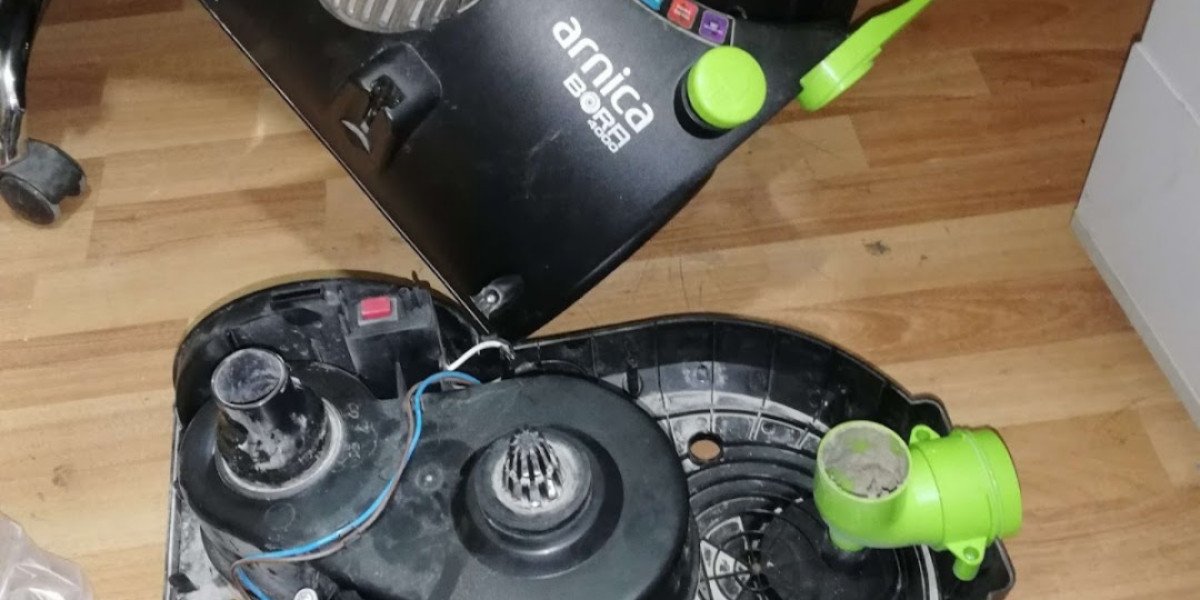The advent of the internet has revolutionized almost every aspect of our lives, right from how we communicate to the way we indulge ourselves in shopping and leisure activities. Since then, the internet has taken over online shopping. The ecommerce industry is rapidly growing and experiencing double digit growth and around 43% of shoppers use the internet to reach different brands and shops, according to latest data published by Statista. And it is expected that ecommerce B2B will account for 22% of global sales by the year 2023.
Retailers can’t afford to run their business through an offline model only, if they want to grow and reach out to new customers. Besides, having an online presence will not only strengthen your brand, but will also create and deliver unique experiences to your users through personalized and uniquely curated services.
Starting an ecommerce development B2B can be difficult and demanding as it requires a lot of elements to be combined to make it work. However, building an ecommerce website may be simpler than you imagine with these steps and strategies:
- Find ecommerce platform that fits your brand
Different ecommerce website designs require different platforms and functionality. One platform may work for you while the other might not. You can either opt for an open source platform which is not only easily customizable, but also easy to install. Similarly, if open source is not fit for your business, you can opt for either SaaS or Headless commerce which offers better security as well as dynamic and robust functionality than open source platforms.
- Identify hosting platform for your ecommerce business
You will need a one-stop destination to store all your data. Hence, it is of utmost importance to select these platforms with great thought as such decisions are a major part of your budget and cost. You can either opt for cloud based or on-premise, each of these platforms have their own pros and cons. However, cloud platforms are more feasible and cost saving as everything is hosted on cloud, offering timely management and security for your ecommerce platforms.
- Acquire a domain name
Before starting your journey with ecommerce, you need to decide upon your domain name. This name should be reflective of your brand and its characteristics. A domain name should be simple and easy to remember. For instance, Amazon, a simple and clear cut domain name that speaks well about what they offer. Similarly, try to avoid generic names as much as possible or else your audiences will end up in similar name companies. One way to ensure this is to make use of SEO ranking. Moreover, try to keep domain names as short as possible, somewhere between 6 to 10 characters which will not only be easy to use for ecommerce marketing
but also for brand recall.
- Identify and decide on the theme of your website
Once you decide your ecommerce hosting platform, the next step to build an ecommerce website is to identify and decide the correct theme that represents your brand and the products or services you offer. One thing that ecommerce web designs must focus on is on user navigation which is an essential part of overall user experience. If your user can’t find what they are looking for, there is a good chance that they will land up to your competitor. Similarly, you need to decide the style and layout of your homepage which should be consistent with your brand.
- Add products and their description
Product pages are in fact the most critical aspect of any ecommerce website design is a well designed product page that shows your users what all things you’re offering to them. Make sure you highlight your best products with a detailed product description and a catchy image. However, you need to make sure that images and text itself should be aligned with the platform and the page layout to make it more appealing aesthetically.
- Set up payment gateways and methods
A correct payment method is extremely essential to close a sale. Hence, having an easy and secure payment gateway is required to build an ecommerce website. If the payment method is extremely complex, the user might not complete the sale and abandon the cart. Hence, you need to make sure your ecommerce website meets all processing needs of your customers. You can use either of these three options: redirects, checkout on site, and on-site payments whichever suits best for you and your brand.
- Define your shipping methods
Once your payment gateway is in place, the next component to focus on is your shipping methods. The first step here is to define your shipping policies whether you are offering free shipping , if not, what the charges will be. Once this is finalized, the next step is to identify and select shipping solutions whether you will be shipping yourself or outsourcing the entire process.
- Launch your website
Once everything is in place, the last step is to preview and launch your website, after all a successful launch relies on how well your website performed during the preview and testing phase. A special focus should be on payments, checkout process and products itself to avoid any possible future bugs when your website is live. Moreover, a tracking system should be in place to make sure the website is performing as expected in the long run besides giving you a chance to fix bugs in the real time.
To conclude, building an ecommerce website can be exciting and challenging at the same time. An ecommerce website is not just a place to sell your products. It’s the place where you can create and deliver a unique experience, drawing sales and generating revenue for your brand. Choosing the right platform, layout, and having a good marketing strategy is all you need to make your business flourish in the long run. In the end, the best advice is to start your journey towards building an ecommerce website and make changes as your website evolves and grows.







